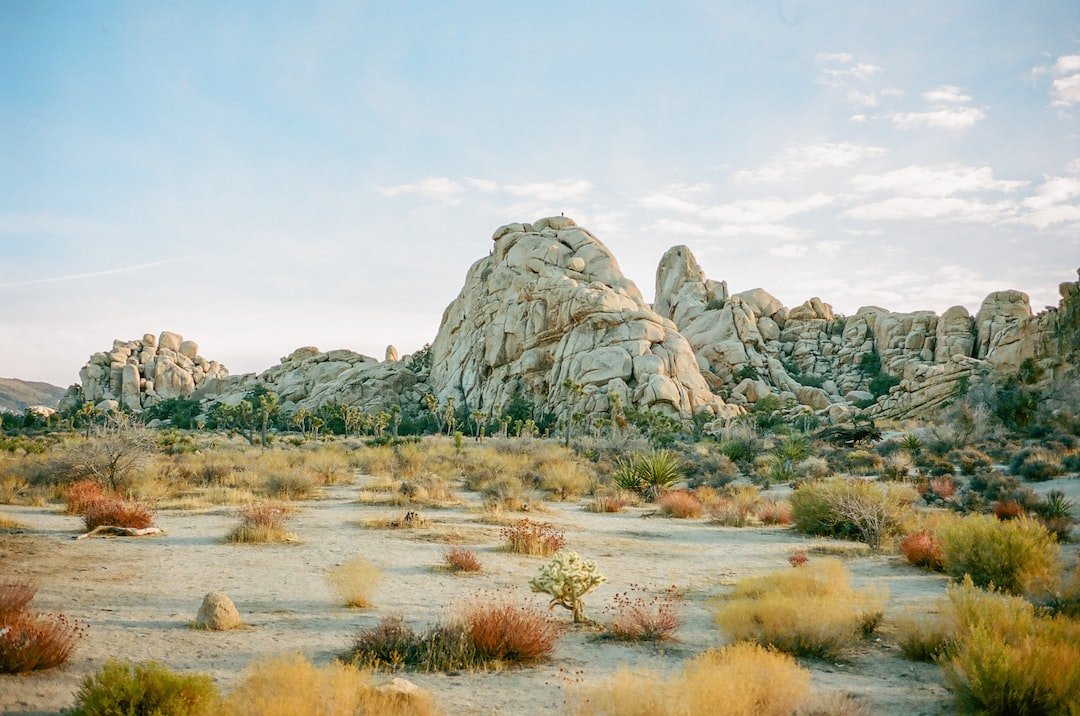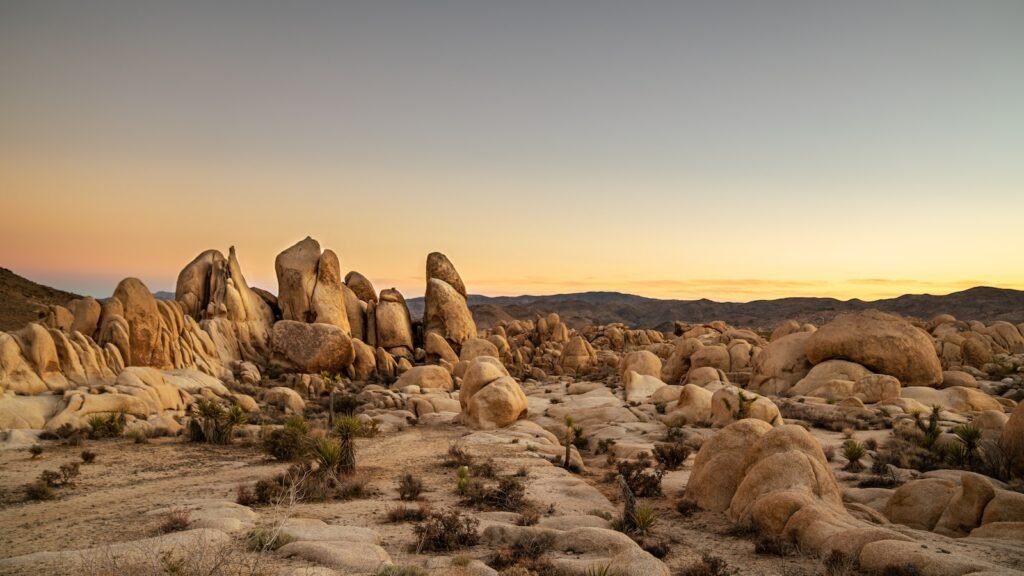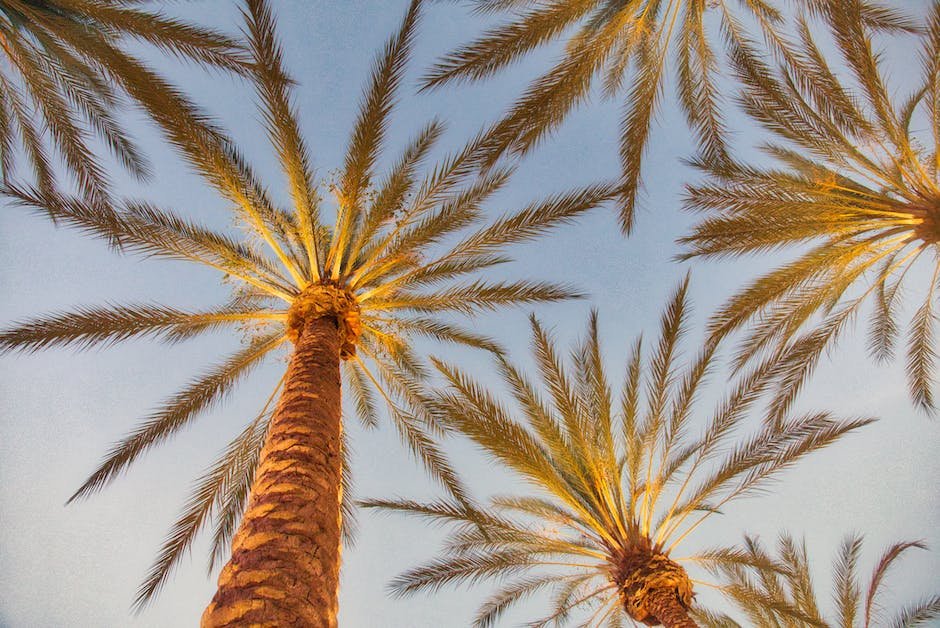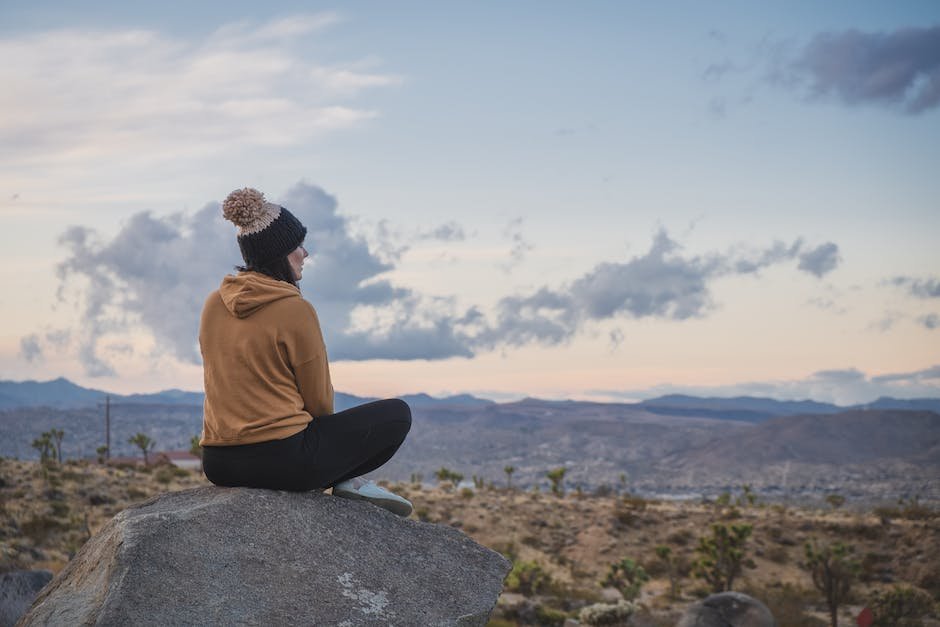The Wonders of Joshua Tree
I’m here to tell you the secrets of Joshua Tree. Have you ever wondered what makes it truly unique? Or, why do many people return to this place year after year?
Being a vast stretch of desert, Joshua Tree offers a contrasting beauty against the bustling city life. Its serene landscapes, captivating wildlife, and mesmerizing night skies are sights to behold. But what truly marks it as a special destination?
It is the way it makes you feel. The peace it brings, the calm it offers. Stay tuned to uncover the allure of Joshua Tree. Let’s peel back the layers together.

What is the Best Time of Year to Visit Joshua Tree, California?
The climate and weather in Joshua Tree
Before determining the best time to visit Joshua Tree, it’s important to understand the climate and weather patterns of the area. Joshua Tree is located in the Mojave Desert in Southern California, so it experiences a desert climate with hot and dry summers, and mild winters. The days are typically sunny, and the nights can be quite cold, especially during the winter months.
The peak season: Spring and fall
If you want to experience Joshua Tree at its best, the peak seasons to visit are spring (March to May) and fall (September to November). During these times, the temperatures are milder, ranging from the 60s to the 80s Fahrenheit (15-30 degrees Celsius), making it more comfortable for outdoor activities.
Spring in Joshua Tree brings some flowering shrubs and cacti, which adds vibrant colors to the landscape. The wildflowers bloom from February to April, creating a beautiful sight. Fall offers pleasant weather with cooler temperatures and clear skies, making it a perfect time for stargazing.
Brief overview of each season:
| Season | Temperature Range | Main Attractions |
|---|---|---|
| Spring | 60s to 80s F (15-30 °C) | Wildflowers, mild weather |
| Summer | 90s to 100s F (32-38 °C) | Longer daylight hours, hot weather |
| Fall | 60s to 80s F (15-30 °C) | Pleasant weather, stargazing |
| Winter | 50s to 60s F (10-15 °C) | Milder temperatures, fewer crowds |
The off-peak seasons: Summer and winter
While spring and fall offer ideal weather, there are still advantages to visiting Joshua Tree during the off-peak seasons. Summer (June to August) is the least popular time to visit due to extremely high temperatures, often exceeding 100 degrees Fahrenheit (38 degrees Celsius). However, if you can handle the heat and take precautions to stay hydrated and cool, you’ll find fewer crowds and more solitude.
Winter (December to February) sees milder temperatures compared to summer, but it can still be quite cold at night. Daytime temperatures usually range from the 50s to 60s Fahrenheit (10-15 degrees Celsius). Winter is a great time for hiking and rock climbing, as the cooler temperatures allow for more comfortable physical activities.
Considering your preferences and activities
Ultimately, the best time of year to visit Joshua Tree depends on your personal preferences and planned activities. If you want to avoid extreme heat and enjoy mild weather while experiencing the beauty of the desert landscape, spring and fall are the optimal seasons. However, if you enjoy heat, fewer crowds, and can withstand high temperatures, summer might be an option for you. Additionally, winter can be a great choice if you prefer cooler temperatures and want to engage in outdoor activities without the bustling crowds.
- Spring: Mild weather and wildflowers.
- Summer: Extreme heat, fewer crowds.
- Fall: Pleasant weather and stargazing.
- Winter: Milder temperatures and fewer crowds.

Does Wildlife in Joshua Tree, California Shift Throughout the Year?
Wildlife and Seasonal Shifts
Adaptation: A Survival Game
Every creature in Joshua Tree, right from the smallest insect to the largest bighorn sheep, has adapted to the complexities of their environment in extraordinary ways to survive and even thrive. They’ve deftly attuned their behavior patterns, diet, and even life cycles to align with the changing conditions1.
What Solicits the Changes?
Daylight hours, temperature fluctuations, and the availability of resources like food and water, all catalyze some notable shifts in the wildlife populace of this region.
Species Encounters Throughout the Year
Small Mammals and Rodents
Think kangaroo rats, pocket mice, and black-tailed jackrabbits. They inhabit Joshua Tree and adjust their active hours based on the time of year. The rodents’ activity highly relies on temperature and food availability, with most going into an off-season during demanding conditions2.
Reptile Residents
Reptiles such as the desert tortoise and red diamond rattlesnake emerge more frequently during certain months. Some, like the tortoise, aestivate (summer hibernation) to safeguard themselves from more oppressive conditions3.
Birds
Joshua Tree is a birder’s paradise all year round, but the feathered beings you see can differ significantly. Some species are year-round residents, while others are migratory, with their presence solely depending on the time of year4. 
Understanding Weather and Outdoor Activities in Joshua Tree, California
How Weather Impacts Outdoor Activities
Imagine rock climbing with a bright sun overhead or hiking under an unexpected drizzle, weather conditions play a critical role in how much you enjoy (or dread) outdoor activities.
Extreme Temperatures
In areas like Joshua Tree, extreme temperatures can take participants by surprise. The hot, dry summer months, with temperatures often surpassing 100°F, can make strenuous activities potentially dangerous. Similarly, the chill in winter, where night temperatures can dip to the lower 30s, may require preparations for cold weather activities.
Rain and Snow
While these conditions are less common, they can occur. Rain and snow could create slippery conditions for rock climbers and hikers, upping the difficulty level and potential risks.
Seasonal Variations in Joshua Tree
Spring and Fall: The Ideal Seasons
The spring (March-May) and fall (October-November) seasons bring moderate temperatures, making them ideal for engaging in outdoor activities. Be it hiking, rock climbing, or camping, the weather conditions during these seasons ensure you can enjoy them all.
Summer: A Challenging Time
On the contrary, the hotter months from June to September pose challenges due to high temperatures. Many might find it extremely hard to stay outdoors for extended periods during the day.
Winter: A Mix of Conditions
In December-February, although cooler temperatures can offer appealing daytime conditions for hiking and rock climbing, the cold nights might not be everyone’s cup of tea for overnight camping.
Adapting Activities to Weather Conditions
Understanding the seasonal weather conditions in Joshua Tree helps in better planning of outdoor adventures. Proper preparation such as layering clothes during colder months, water management strategies in summers, or scheduling activities in the cooler part of the day, can all aid in making your outdoor experience safer and more enjoyable. 
Unveiling Seasonal Gems in Joshua Tree, California
Overlooked Treasures in Joshua Tree
While the busiest periods – spring and fall – offer undeniable allure, there are other, often overlooked seasons that can deliver an exceptional Joshua Tree adventure. Why not venture off the beaten path and see what these under-appreciated months have to offer?
Winter: A Hushed Wonderland
Snow in the desert? Yes, indeed! Discover the rare beauty that occurs on those special days when winter storms cloak Joshua Tree’s unique landscape in a snowy blanket.
- Stargazing: The clear, cold winter nights offer some of the most stunning stargazing opportunities. Imagine the black velvet sky sprinkled with a billion glittering stars!
- Hiking: The cooler daytime temperatures make winter a perfect time for adventurous hikes, as the usual desert heat is taken down a notch. Just be sure to layer up!
Summer: The Desert in Full Force
Sure it’s hot, but then it is a desert! Early mornings and evenings here can truly be one-of-a-kind experiences. See the desert come alive under the summer sun.
- Sunrise/Sunset watching: The vibrant colors of the sky at these hours contrast beautifully with shadowy desert outlines. Unplug and enjoy a tranquil experience.
- Night Wildlife: As the desert cools down, nocturnal animals begin their day. With a bit of luck, you might spot some of Joshua Tree’s nightlife!
Weather Summaries
Let’s consider comparative weather patterns in these off-peak seasons, illustrated in a simplified format below:
| Season | Average High Temp(F) | Average Low Temp(F) | Precipitation |
|---|---|---|---|
| Winter | 60 | 35 | Low |
| Summer | 99 | 75 | Very Low |
Based on data from National Park Services, note that summer temperatures can exceed 100°F in the day, while nights offer a refreshing escape.
Ideal seasons to visit Joshua Tree
The perfect time to visit Joshua Tree, California varies based on several factors. If you adore cooler temperatures and the lively display of wildflowers, spring (March to May) is just right. Fall (September to November) also features fantastic weather and a crystal-clear backdrop, ideal for admiring the starry sky. Both these peak seasons assure delightful conditions for spending time outdoors.
Visiting during Summer and Winter
For those who can endure high temperatures and appreciate lesser crowds, summer can be a viable choice. However, it’s essential to stay well-hydrated and avoid outdoor pursuits during the scorching afternoons. The winter space (December to February) offers milder climate, making it delightful for hiking and rock climbing, while also offering the joy of solitude due to fewer tourists.
The wildlife and weather considerations
Take note that Joshua Tree’s fauna tends to change with seasons, allowing different species to thrive in specific times. Weather conditions, including extreme temperatures, and potential precipitation could impact your outdoor adventures, so it’s crucial to factor these in.
Choosing the best time for you
After considering all factors, the ideal time to explore Joshua Tree hinges on your personal preferences and activities. Be it the allure of blossoming wildflowers, clear nights for stargazing, or the tranquil ambiance of off-peak seasons, Joshua Tree presents a unique offering in every season.

